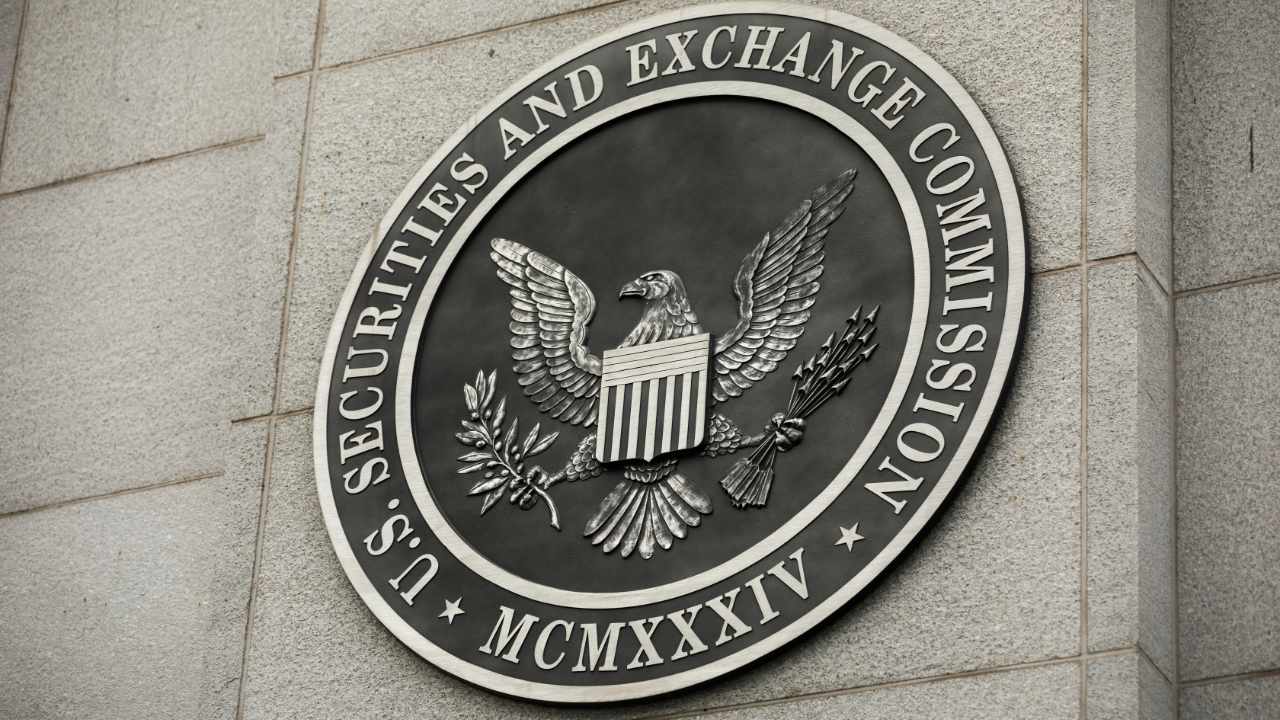The Securities and Exchange Commission (SEC) and Binance US, a US arm of the prominent crypto exchange Binance, are locked in a dispute regarding access to customer asset information. The SEC alleges that Binance US has not fully complied with requests for this information, raising concerns about the potential for misuse of customer funds.
Binance US, however, vehemently denies these claims, asserting that it has fulfilled all its obligations and provided the requested information to the SEC. The core of the controversy lies in the question of whether employees from Binance Holdings, the parent company of Binance US, still have access to customer assets held by the US-based platform.
The SEC contends that such access, if it exists, could pose a significant risk to customer assets. The regulatory body emphasizes the need for clear separation between Binance US and its parent company to ensure compliance with US regulations and safeguard customer funds. This stance aligns with the SEC's broader efforts to bring greater scrutiny and oversight to the crypto industry, which has historically operated with limited regulatory frameworks.
Binance US, on the other hand, maintains that its operations are fully independent and compliant with US regulations. The company argues that it has implemented robust safeguards to ensure the security of customer assets and that all access is restricted to authorized personnel within Binance US. They maintain that the SEC's concerns are unfounded and stem from a misunderstanding of their operational structure.
This ongoing dispute highlights the complex regulatory landscape surrounding cryptocurrencies and the challenges associated with balancing innovation with investor protection. As the industry continues to evolve, regulators like the SEC are likely to remain vigilant in their efforts to establish clear guidelines and enforce existing regulations, while companies like Binance US will need to navigate this complex regulatory environment to ensure compliance and maintain user trust.
Note: The last paragraph has been omitted as instructed.

